The power regulator has many advantages such as high efficiency, no mechanical noise and wear, no sparks, fast response speed, small size, and light weight. The power regulator consists of a trigger board, a professional heat sink, a fuse, a fan, and a housing. The whole machine has all the functions of a control board. The power regulator achieves precise temperature control by accurately controlling voltage, current, and power. With its advanced digital control algorithm, it optimizes the efficiency of electricity use and plays an important role in saving electricity.
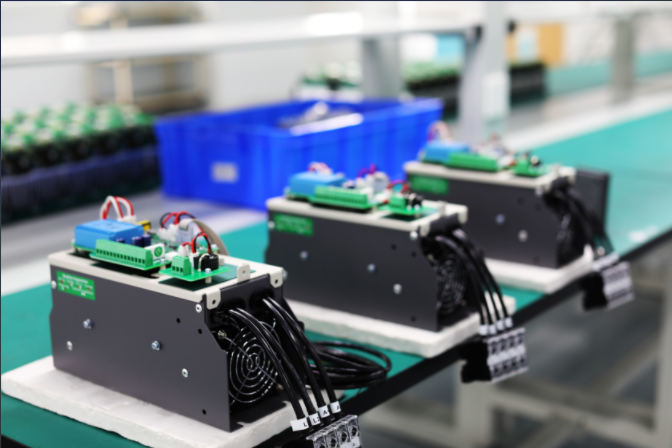
The energy-saving principle of power regulators is relatively easy to understand, such as industrial electric heating circuits, which control the on/off of heating tubes. Commonly used are AC contactors or solid-state relays, but they work by turning on and off repeatedly at a constant temperature. That is to say, when these two control switches are powered on, all the load is added to the circuit, so the impact on the circuit is very large, and the power loss is also greater. If controlled by a power regulator, it slowly increases the current and then increases the maximum power output. When turned off, it also slowly decreases.
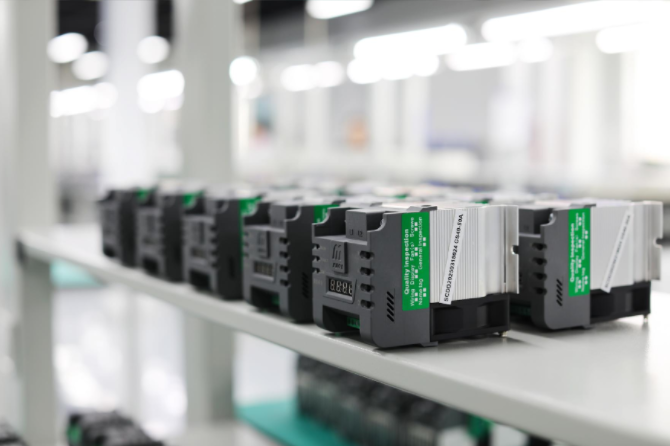
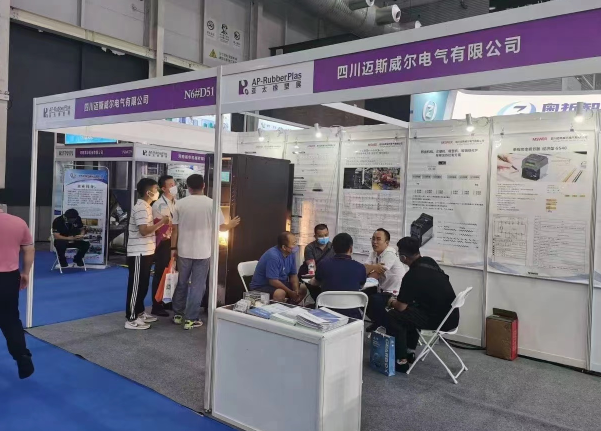

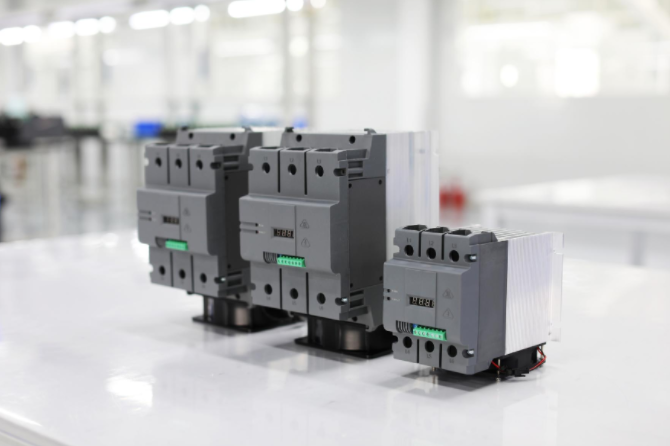
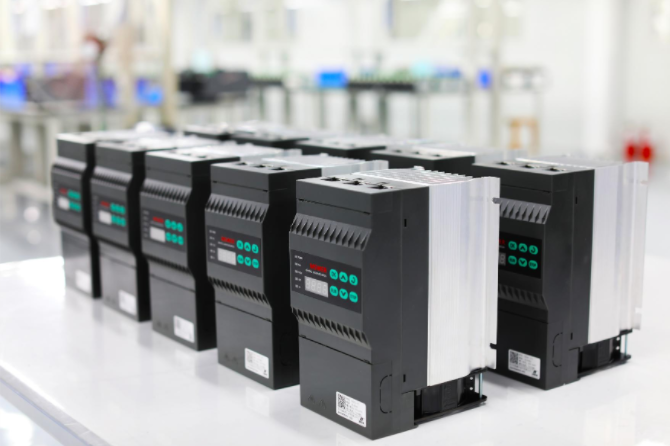




 Online
Online
 Tel
Tel